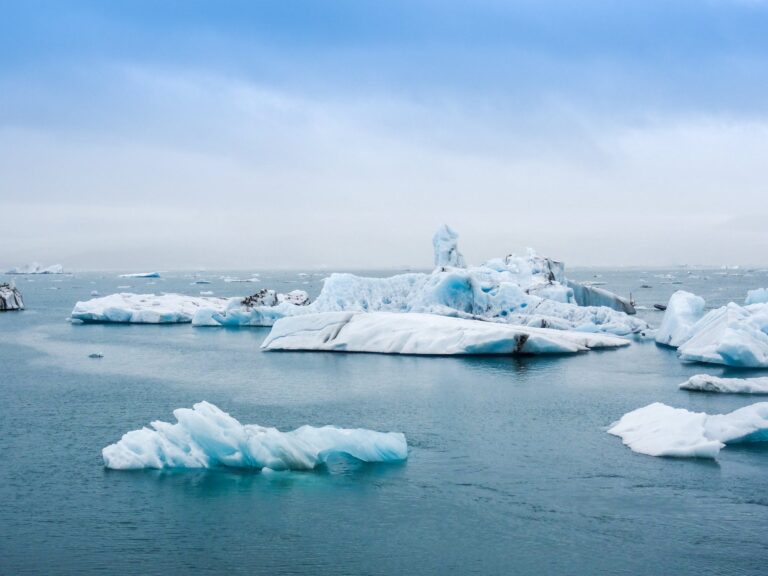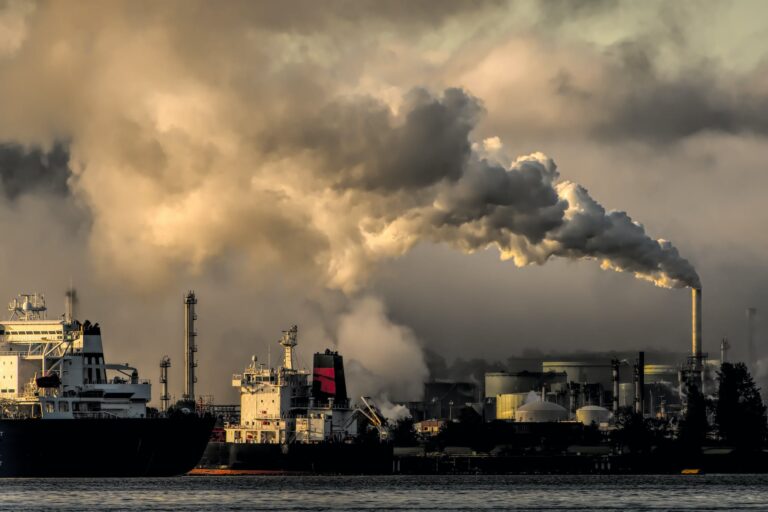Study Reveals Underestimated Climate Sensitivity: Implications for Global Warming and Policy Action

Researchers have delved deep into paleoclimate data and utilized sophisticated global climate models to reassess the Earth’s sensitivity to greenhouse gas (GHG) emissions in a study that could redefine our understanding of climate change. Their findings suggest that the scientific community, including the Intergovernmental Panel on Climate Change (IPCC), may have significantly underestimated the potential for global warming and its consequent impacts. The study presents a nuanced analysis of the equilibrium climate sensitivity (ECS) and Earth system sensitivity (ESS) to GHG forcing. The results are startling: an ECS of 1.2°C per W/m2 indicates that current greenhouse gas emissions levels could lead to 10°C of equilibrium warming, a figure adjusted to 8°C when considering the cooling effects of aerosols. Furthermore, the ESS, which accounts for additional factors like ice sheet melt and non-CO2 GHGs, is found to be higher than ECS, hinting at an even more significant warming potential.
DISCOVER: No, Climate Change Is Not The Sun’s Fault
MORE ON CLIMATE CHANGE: Study Shows Most Americans Aren’t Scared Of Climate Change
The Time Factor: Climate Response and Energy Imbalance
Researchers have also investigated the temporal aspects of climate change, focusing on how quickly the Earth responds to GHG forcing and the role of energy imbalance in underestimating future warming. The study emphasizes that cloud feedbacks, which moderate the ocean’s heat uptake, play a crucial role in delaying the full impact of warming, suggesting that the current energy imbalance might not entirely reflect the reduction in forcing needed to stabilize the climate. By analyzing the climatic conditions over the past 66 million years, the study provides invaluable insights into the Earth’s climate sensitivity and CO2 history. It posits that CO2 levels during the Pliocene were around 300 ppm, rising to 400 ppm as the planet transitioned to a nearly ice-free state, challenging the assumed sluggishness of ice sheet models in current climate predictions.
The Aerosol Experiment: Rethinking Aerosol Forcing
The absence of direct aerosol-forcing data has been a critical gap in climate science. The study addresses this by inferring aerosol impacts from paleoclimate data and observing temperature changes resulting from recent fuel restrictions in international shipping. These observations suggest that the cooling effect of aerosols may be more significant than previously estimated, indicating a higher climate sensitivity and a potentially warmer future. The study’s revelations carry profound policy implications. It underscores the necessity of a global, escalating price on GHG emissions, fostering East-West cooperation that acknowledges the needs of the developing world, and considering interventions to correct the Earth’s radiation imbalance. The researchers argue that the current geopolitical stance is insufficient to bring about the needed changes, emphasizing that political crises offer a unique opportunity for a policy reset. They highlight the crucial role of the younger generation in understanding and addressing the challenge.
This groundbreaking study not only sheds light on the underestimated sensitivity of our climate to GHG emissions but also serves as a call for urgent, coordinated action on a global scale. Its compelling evidence and recommendations challenge policymakers, scientists, and citizens alike to rethink their approach to combating climate change, emphasizing the need for immediate and innovative strategies to safeguard our planet’s future.
Climate Crisis 24/7 used generative AI technology to help produce this article, which a human editor at Climate Crisis 24/7 edited. Climate Crisis 24/7 is dedicated to accuracy and transparency; any article that uses AI will be noted.
This study included the following authors and their institutions: James E. Hansen (1), Makiko Sato (1), Leon Simons (2), Larissa S. Nazarenko (3 and 4), Isabelle Sangha (1), Karina von Schuckmann (5), Norman G. Loeb (6), Matthew B. Osman (7), Qinjian Jin (8), Pushker Kharecha (1), George Tselioudis (3), Eunbi Jeong (9), Andrew Lacis (3), Reto Ruedy (3 and 10), Gary Russell (3), Junji Cao (11), Jing Li (12) ((1) Climate Science, Awareness and Solutions, Columbia University Earth Institute, New York, NY, USA, (2) The Club of Rome Netherlands, ‘s-Hertogenbosch, The Netherlands, (3) NASA Goddard Institute for Space Studies, New York, NY, USA, (4) Center for Climate Systems Research, Columbia University Earth Institute, New York, NY, USA, (5) Mercator Ocean International, Ramonville St.-Agne, France, (6) NASA Langley Research Center, Hampton, VA, USA, (7) Department of Geosciences, University of Arizona, Tucson, AZ, USA, (8) Department of Geography and Atmospheric Science, University of Kansas, Lawrence, KS, USA, (9) CSAS KOREA, Goyang, Gyeonggi-do, South Korea, (10) Business Integra, Inc., New York, NY, USA, (11) Institute of Atmospheric Physics, Chinese Academy of Sciences, Beijing, China, (12) Department of Atmospheric and Oceanic Sciences, School of Physics, Peking University, Beijing, China)
More from ClimateCrisis 247
- It took a lot of balls to bring you this story about microplastics Making a home in Men’s testicles
- Microsoft in new Scope 3 bid as AI emissions soar
- For banks, transparency sets the tone
- Market reaction: extreme weather and the electricity sector






